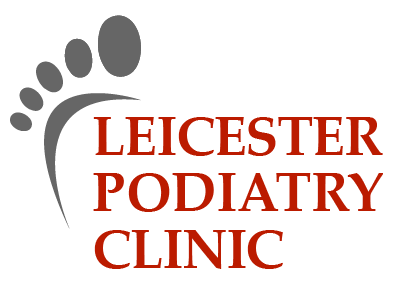“The human foot is a masterpiece of engineering and a work of art” Leonardo Di Vinci
acupuncture
ACUPUNCTURE
Acupuncture involves the use of sharp, thin needles that are inserted in the body at very specific points.
Acupuncture involves the use
of sharp, thin needles that are
inserted in the body at very
specific points.
Acupuncture involves the
use of sharp, thin needles
that are inserted in the body
at very specific points.
Definition
Acupuncture is one of the main forms of treatment in traditional Chinese medicine. It involves the use of sharp, thin needles that are inserted in the body at very specific points. This process is believed to adjust and alter the body’s energy flow into healthier patterns, and is used to treat a wide variety of illnesses and health conditions. Western medical acupuncture is an adaptation of Chinese acupuncture using current knowledge of anatomy, physiology and pathology, and the principles of evidence based medicine.
How it works
The World Health Organization (WHO) recommends acupuncture as an effective treatment for over forty medical problems, including muscoskeletal disorders and myofascial trigger point pain. Use of Western Medical Acupuncture (WMA) is mainly practised by conventional doctors, physiotherapists, podiatrists and other healthcare practitioners working within the Western health service, mostly in primary care but also in rheumatology, orthopaedic and pain clinics. The most widespread application of acupuncture is for pain relief. As long ago as the 19th century, doctors in the UK simply needled the sites of maximal tenderness to relieve musculoskeletal pain.
Read more
It is effective for other forms of acute & chronic pain such as, lower back pain, knee pain, hip pain, foot pain, sciatica, sprains and strains, arthritis, tendonitis, pre and post surgery, carpal tunnel syndrome, joint pain, repetitive use injuries, fibromyalgia and sports injuries.
There are relatively few differences between TCM and WMA in terms of treatment techniques. Both manual and electrical stimulation of needles can be used to produce effective results.
Research and general acceptance
Western medicine, admitting that acupuncture works in many cases, has theorized that the energy meridians are actually part of the nervous system and that acupuncture relieves pain by releasing endorphins, or natural pain killers, into the bloodstream. Despite the ambiguity in the biochemistry involved, acupuncture continues to show effectiveness in clinical tests, from reducing pain to alleviating the symptoms of chronic illnesses.
Acupuncture treatment
A conventional medical examination, appropriate investigations and diagnosis need to confirm that the symptoms are suitable for treatment with acupuncture.
Depending on the problem, the acupuncturist will insert needles to manipulate chi on one or more of the twelve organ meridians. In addition, for specific pain relief, needles can be inserted within muscles and trigger or tender points.
During an individual treatment, one to twenty needles may be used, depending on which meridian points are chosen.
Acupuncture needles are always sterilized and acupuncture is a very safe procedure.
Read more
The depth of insertion of needles varies, depending on which chi channels are being treated.
The needles generally do not cause pain. Patients sometimes report pinching sensations and often pleasant sensations, as the body experiences healing.
When stimulus of the needle has been obtained a term referred to as ‘da qi’, there may be a sensation of heaviness, distension, tingling, or a travelling up or down of the affected meridian. There may be an immediate release of a muscle spasm. Or a sense of warmth as circulation increases. Relaxation often occurs.
The average visit to an acupuncturist takes about thirty minutes. The duration of actual needling is variable, ranging from a few moments up to 20 or 30 minutes of retention.
The number of visits to the acupuncturist varies as well, with some conditions improved in one or two sessions and others requiring a series of six or more visits over the course of weeks or months.
Before and after treatment over or under eating is best avoided. In addition, alcohol should be avoided.
Following the treatment it is best to avoid heavy physical activity and stressful situations. Keeping well hydrated also enhances the effects of acupuncture.
Ask a Question
If you have any queries relating to foot health you can ask us a question by completing the form below.
